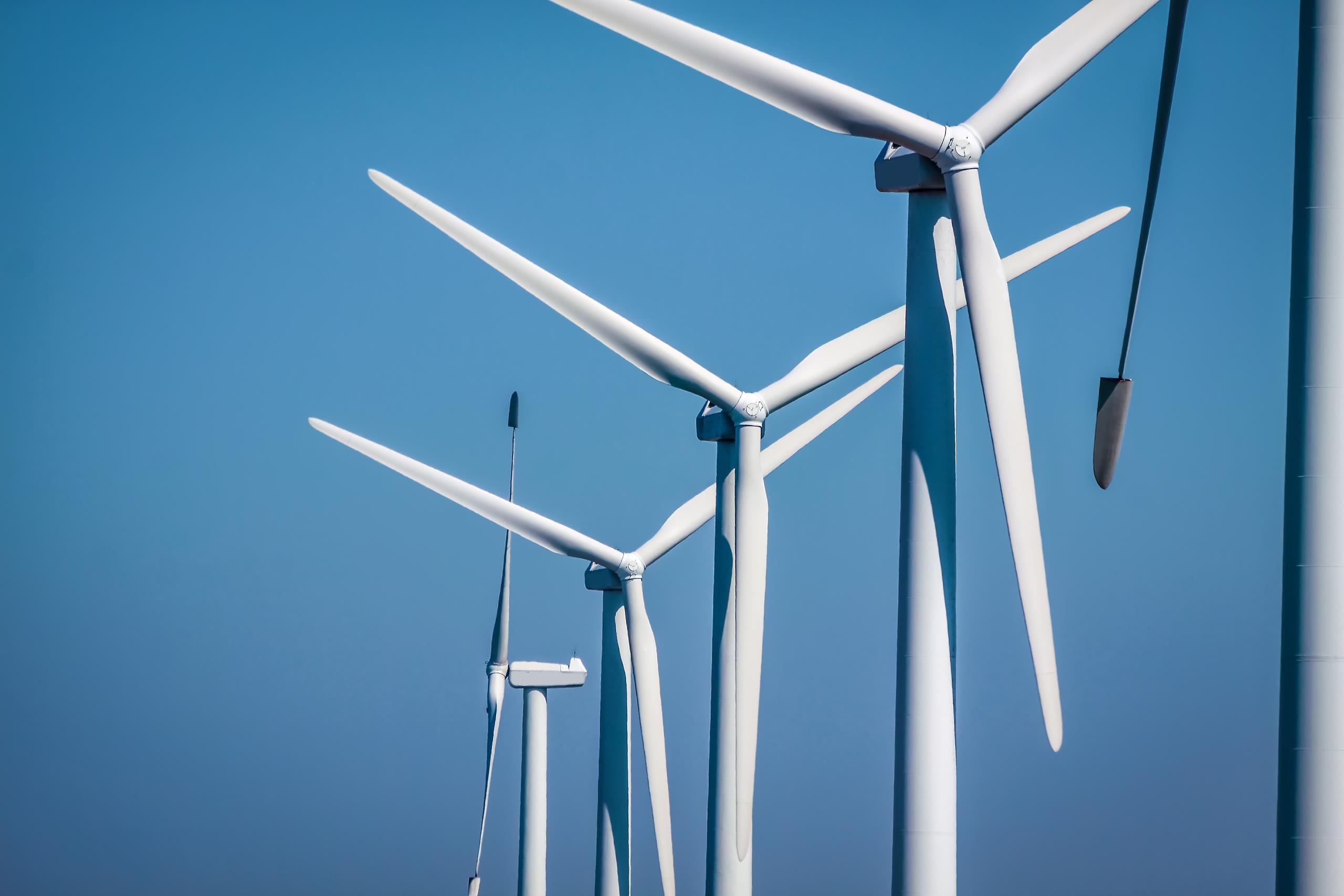All Services
- Management overview
- Cost and commercial management
- Digital consulting
- Economics, policy and regulation
- Health and care systems
- Investment and business case
- Land consultancy
- Operations and maintenance
- Procurement and supply-chain
- Project and programme management
- Risk and planning
- Strategic asset management

Expert insights on issues that transform business, increase sustainability and improve lives

Meet some of our passionate problem-solvers, constructive creatives and inspiring innovators

What happens when the wind doesn't blow?
Finding the right grid solutions
The Republic of Ireland is leading the way in wind energy for island nations. On average, more than 20% of the country’s electricity is generated each year by wind and the target is to reach 40% by 2020. Unlike the UK, nearly all the generation is from land-based turbines, the Irish government having decided not to subsidise more expensive offshore wind.
A major issue with a grid heavily reliant on wind is what happens when the wind doesn’t blow.
“To manage the operation of the grid with lots of wind generation we need storage solutions for two scenarios: low wind and high demand, and high wind and low demand,” says Tom Keane, manager of Mott MacDonald’s power team in Ireland.
One solution is using batteries to store energy. However, we are also involved in what could be energy storage on an altogether larger scale, using compressed air in underground salt deposits.
Larne, across the Irish border in Northern Ireland, has some large salt deposits about 1.5km underground. Mott MacDonald is part of a team investigating the potential to create huge airtight caves in the salt. The caverns would be able to hold air compressed to pressures of about 190 bar.
Without storage, wind power generated at night when there is no demand is wasted. The design proposal for the project would use that power to pump air into the salt caverns, creating energy stores that can be released during the day to generate power when demand picks up. In principle, it is a variant of hydro-pumped storage schemes.
The Larne salt caves could provide storage capacity for about 300MW, whereas battery projects tend to be in the 10–20MW range. If the geological conditions are right and an appropriate funding model can be found for the £300M upfront infrastructure development costs, it could be more cost-effective than battery storage too.
You might also be interested in
Subscribe for exclusive updates
Receive our expert insights on issues that transform business, increase sustainability and improve lives.
